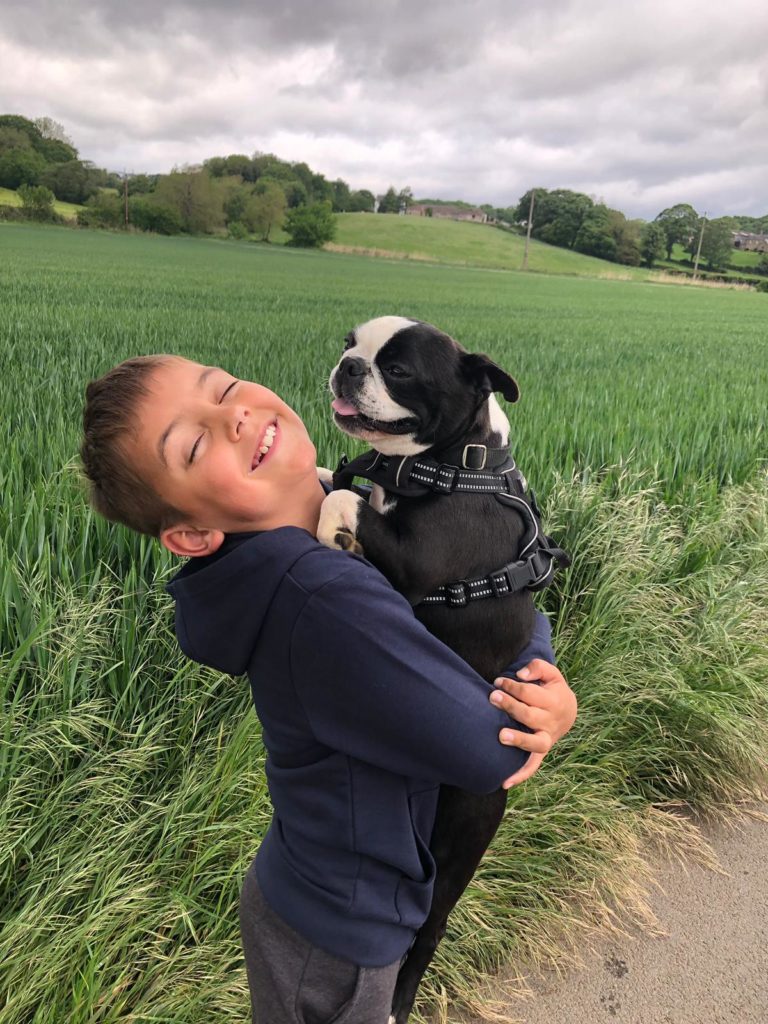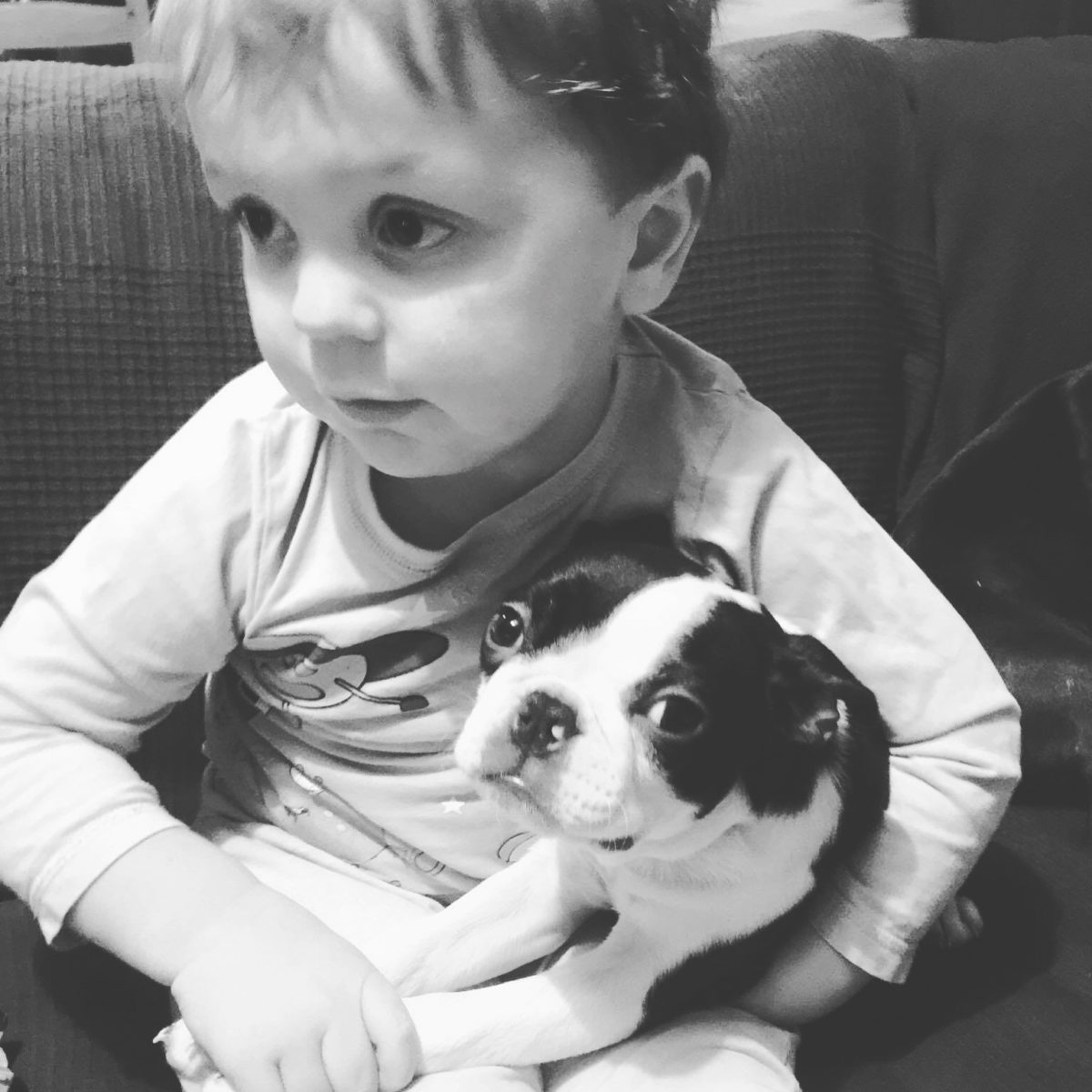Growing up Together—How we need these wonderful creatures.
They thunder through the rolling fields on their trusty steed, hooves and heart pounding, with the trusty sidekick, Rufus, on their heels. There are dragons to slay and damsels to save! Imagination is engaged, video games forgotten. It is almost a right of passage to have a furry four-legged best friend with which to share a great adventure.

Children love animals. Take a quick tour of any child’s bedroom and there you will find proof in books, photos, movies and stuffed creatures of comfort at every turn. Just ask Disney about the power of the furry, friendly companion.
Children should be able and allowed to interact with animals, live with furry companions and love these wonderful additions to our lives. Animals cater to our children’s very basic instinct to love, nurture and protect. Yet they provide so much more than we give credit. They also provide our children physical, cognitive, social and therapeutic benefits.
Having a pet encourages a child to play. They tend to get caught up in the silly moods that dogs and cats’ display and can entertain for several hours a day. It’s a safe and loving play, with no bully or judgmental attitudes, encouraging self-respect and boosting self-esteem.
The loving and trusting nature of an animal creates a safe place to share secrets and private thoughts. Children talk to their pets as they do a stuffed animal or toy. This kind of non-verbal and verbal communication transfers to other family members and other adults. There are numerous studies that credit a family pet with helping a child become a good reader—a pet can be a great listener of all kinds of books—and they don’t laugh if you miss a word or two.
School-aged children find common ground in the social arena when they have animals. It encourages dialogue and is a subject they can all relate to. Making two-legged friends can be harrowing, but add in the commonality of having a pet, children can engage with others. That’s why so many schools have a school or class pet. It provides learning a few life lessons with their peers and is a popular program with pre-school and grade schools.
Having a pet in the house or animals on the farm teach children values. To be kind and gentle, responsible for another life through feed and care chores, and demonstrating that all animals need food, shelter and kindness. And what world couldn’t benefit from an army of kind children preparing to make their mark.
Did you know that children who are raised from infancy with a pet are often much healthier than those who live in a pet free home? Children who grow up with pets are much less likely to develop allergies thanks to exposure to certain bacteria—boosting a child’s immune system. They also tend to have fewer respiratory and ear issues than other children who have a dog or cat in their home.
Finally, the benefits of our companion animals reach beyond the familiar and sometimes into the darkness that we can’t comprehend. Therapy animals, service dogs, and seemingly recreational animals have long been instrumental in successful therapies with special needs children. Whether physical or emotional needs—animals have a way of helping a child cope.
Therapists often will have an office dog or cat—it calms children and encourages a safe environment for healing. Animals are naturally honest communicators—and break through barriers that humans are unable to. Children with Autism or Asperger’s have a difficult time relating with other people—but they communicate well with all types of animals—dogs, cats, horses and even dolphins. Several ongoing and successful therapies and children camps have been built just for this type of interaction.

Another very popular program for special needs children is horseback riding. Horse therapies can be very beneficial for both emotional and physical disabilities. Horses are big, gentle creatures that tend to absorb feelings of anxiety and calm the chaos in the mind of an Autistic child. If the child is in the riding program, their attention becomes focused on the horse and what the horse is communicating through movement and the touch of the hands. For the physically disabled child, riding a horse mimics the natural gait of walking. This is very powerful in relieving pain and exercising body parts that are affected by their injury or disease.
However, all animals can make great pets, even lambs desperate for a bottle feed!!

We love our pets–but we need them in so many more ways than they need us.


